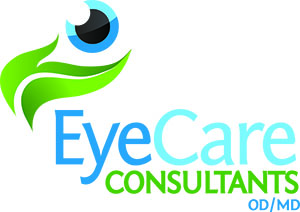New Advancements in Glaucoma Surgery
Micro-Invasive Glaucoma Surgery with Cataract Surgery
New developments in Micro-Invasive Glaucoma Surgery (MIGS) allow patients to have glaucoma and cataract surgery during one procedure, and most patients with a cataract and open-angle glaucoma are good candidates. Most MIGS procedures avoid eye tissues that are often utilized by traditional surgeries, allowing for future treatment options.
Using a microstent, three of which are currently approved by the FDA, a surgeon opens the eye’s natural drainage system during cataract surgery. These specially designed stents can reduce intraocular pressure (IOP) in adult patients who are currently taking IOP medications for mild or moderate open-angle glaucoma and who have a cataract. The insertion of the stent only adds a few minutes to the surgery and is done when the cataract surgery is complete. Adding no significant additional risk to the procedure, the microstent can help greatly in the control of IOP and can reduce the number of medications that you are taking.
What to Expect
Bring a list of your current medications and a brief medical history to your pre-operative appointment, as your surgeon may recommend that you stop taking certain medications about a week before the surgery. The cataract removal and microstent procedure are usually performed under local anesthesia. The cataract removal and stent implant only take 15 to 20 minutes and is performed on one eye at a time. Depending on the patient, and if both eyes require treatment, it is common for the second eye surgery to be scheduled for 2-3 weeks later. You can go home the same day and will receive antibiotics and anti-inflammatory eye drops to use for several weeks after the surgery. Recovery time is brief, but your doctor will recommend that you avoid strenuous activity for at least a week.
